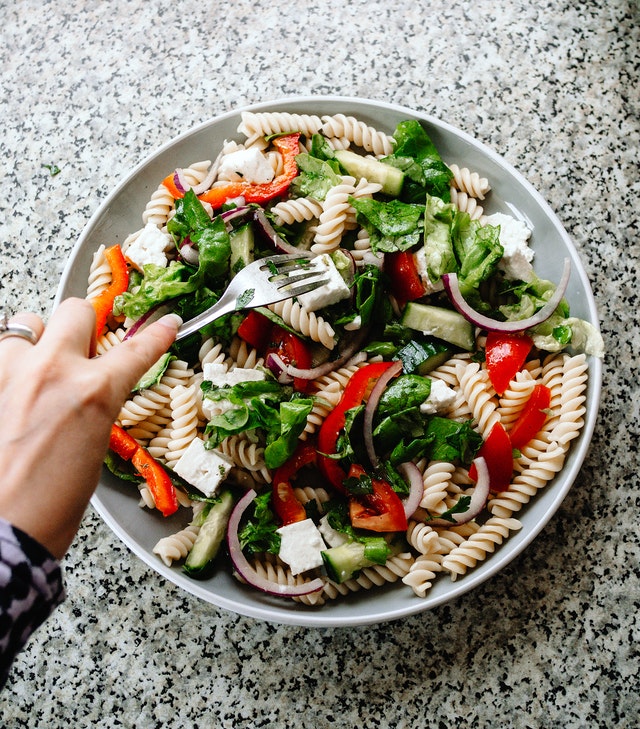Most people assume pasta salad is unhealthy and, depending on the ingredients; they aren't wrong. The average pasta salad contains loads of carbohydrates and fats.
For people trying to lose weight or eat a heart-healthy and carb-friendly diet, pasta salad seems like an obvious no-go — unless you make a few healthy changes. Swapping out standard white pasta for whole grain pasta is one healthy alternative, as is using an oil substitute like avocado or applesauce. Besides swapping the two primary ingredients for healthier options, you can include additional items to increase the nutritional value.
1. Tomatoes
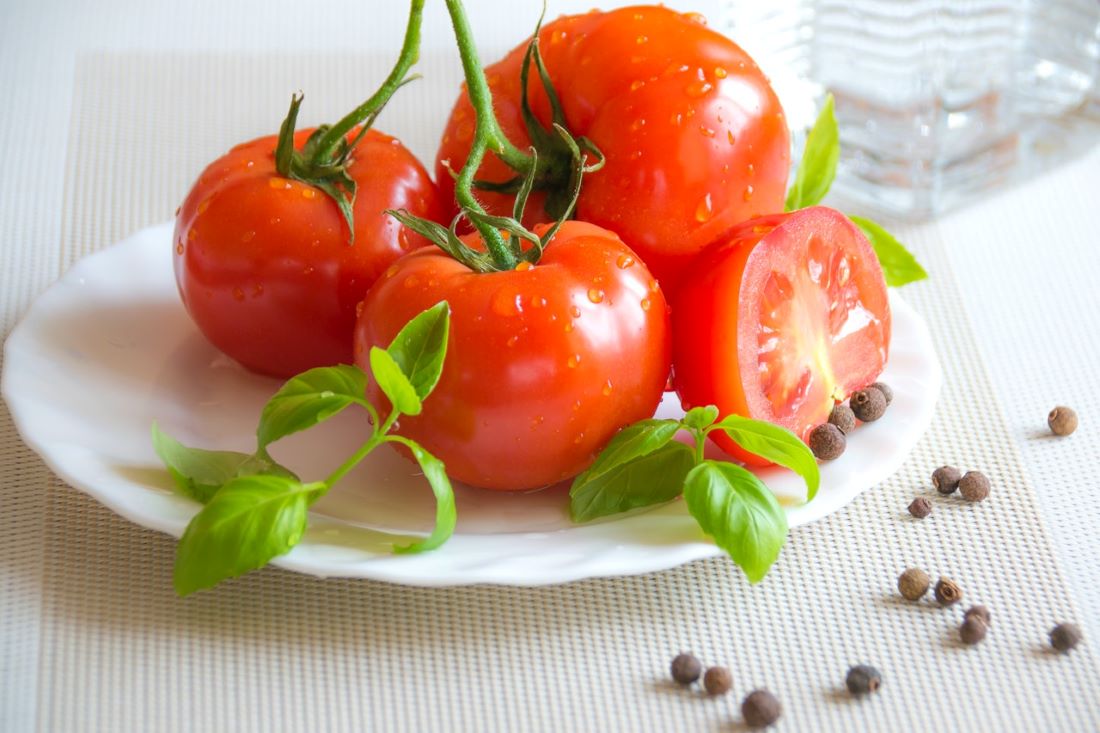
Tomatoes are a powerhouse of vitamins and minerals, but that is not the only thing that makes them unique. The bright red food contains lycopene, which produces its color and supports the immune system.
Lycopene-rich foods reduce your risk of certain cancers and diseases. The substance helps the body, in part, by fighting free radicals that can damage cells. Lycopene may also reduce levels of LDL or "bad" cholesterol.
2. Bell Peppers
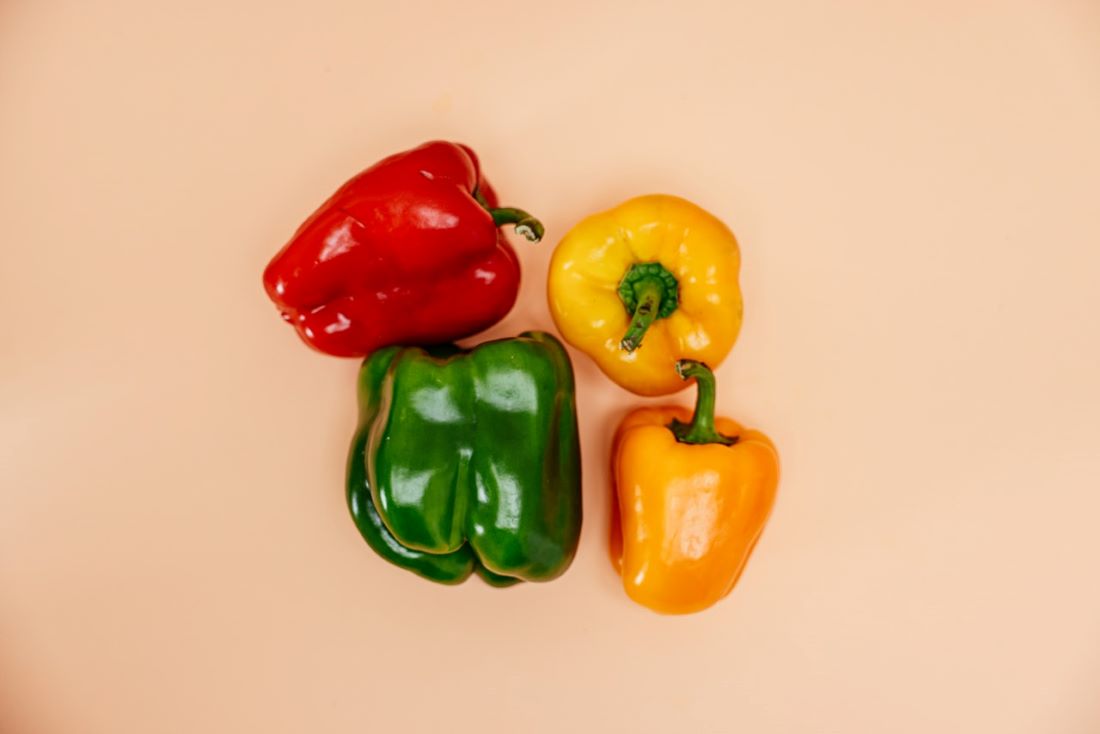
Like tomatoes, bell peppers are nutritionally rich. While the peppers contain many vitamins and antioxidants, the level of vitamin C and various carotenoids make the food exceptionally healthy.
Vitamin C, or ascorbic acid, is essential to several bodily functions, including wound healing, collagen production, iron absorption, immune system performance, and the maintenance of teeth, bones, and cartilage. One bell pepper contains 169% of your recommended daily intake.
Carotenoids are the compounds that give bell peppers their vibrant colors. They also act as antioxidants in humans. Bell peppers contain several carotenoids, including:
- Capsanthin (red bell peppers)
- Violaxanthin (yellow bell peppers)
- Lutein (green bell peppers)
3. Arugula
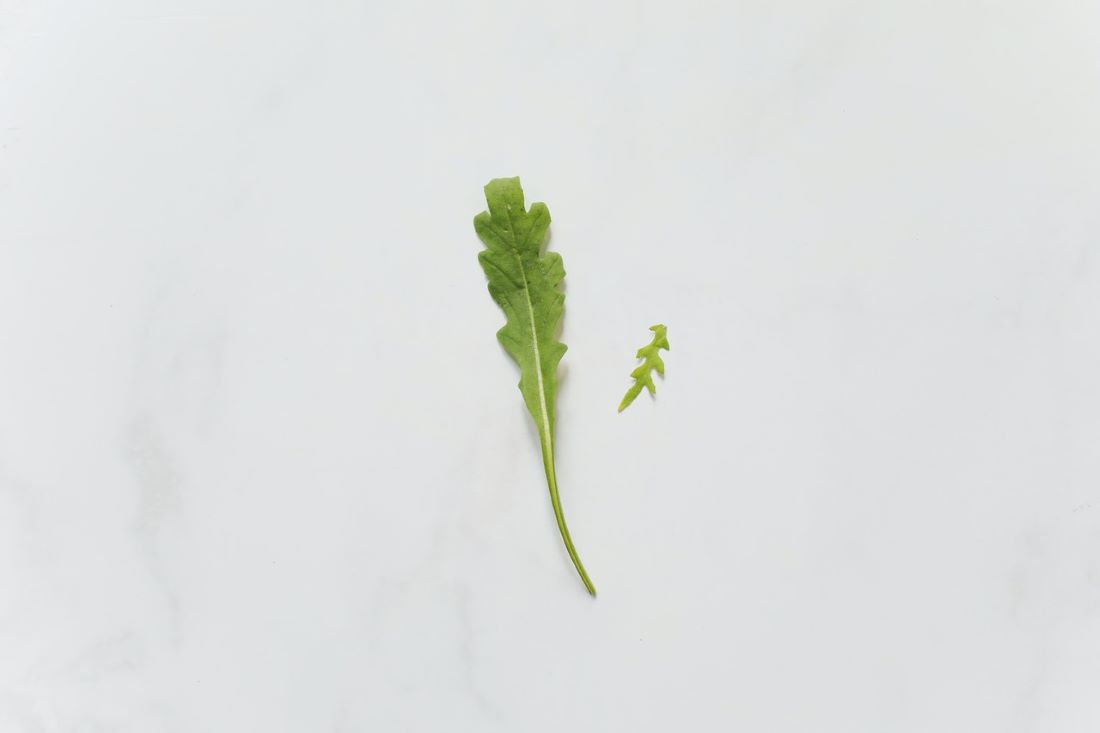
As a cruciferous vegetable, arugula is a dark leafy green similar to kale or cabbage. The flavor profile is spicy and bitter and only gets stronger with age. It can be the perfect addition to a pasta salad, especially if lacking a little kick.
The vegetable is a rich source of antioxidants, but what makes it unique is glucosinolate and vitamin K. Glucosinolate causes the potent scent and bitter taste of the plant; it also can reduce the risks and protect against certain cancers.
Vitamin K is essential for bone building and blood clotting. People who consume enough of the nutrient can reduce their risk of osteoporosis. One cup of arugula provides nearly 22 mcg of the 80 mcg daily recommended requirement.
4. Chickpeas
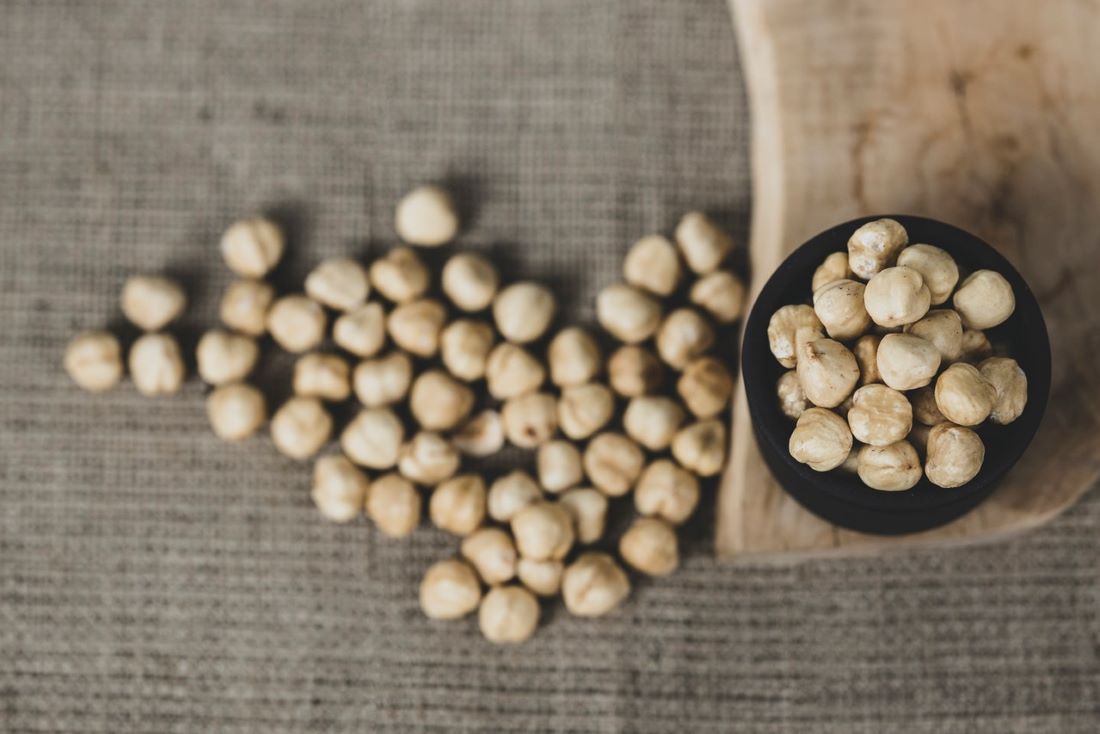
Chickpeas are an excellent protein source because they are a complete protein: they contain all nine essential amino acids, the keys to proper bodily function. Also, the legume contains several vital nutrients and a generous amount of fiber.
Choline, an organic, water-soluble compound, is present in chickpeas. The compound is unique because it contributes to a healthy brain and functioning nervous system.
Aside from being a vegetarian and vegan-friendly protein, chickpeas promote weight control and cardiovascular health, control blood sugar spikes, and maintain gastrointestinal health. The legumes also provide a lovely texture and subtle flavor to pasta salad.
Pasta salad is traditionally unhealthy, loaded with carbs and "bad" fats. However, you can alter the conventional perception of the dish by upgrading, eliminating, and adding certain ingredients. Using whole grain pasta and healthy fat as a foundation, you can add tomatoes, bell peppers, arugula, and chickpeas to the salad for flavor and crunch. The upgraded salad will be much healthier than the pasta salads you're used to.

